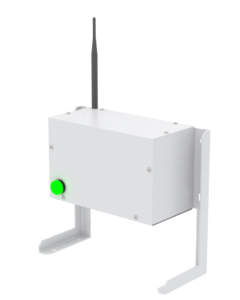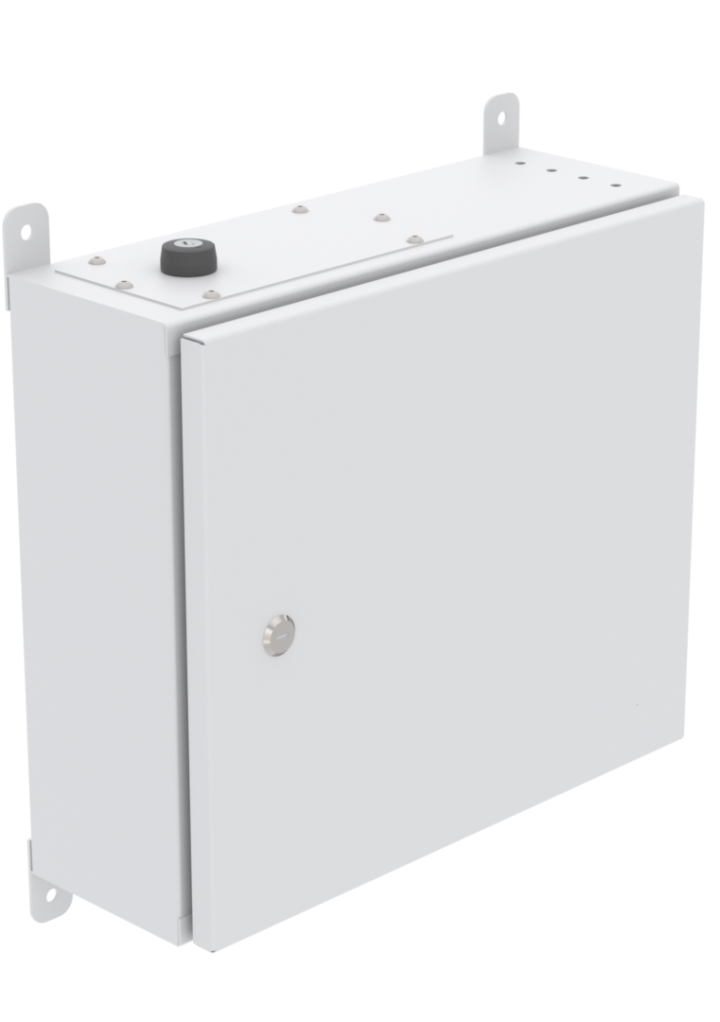The Role of Robotics in Enhancing Factory Safety and OSHA: A Comprehensive Guide
The digital revolution, spearheaded by advancements like robotics, is transforming the industrial landscape. More than ever, robotics is being integrated into factories to streamline operations and bolster safety measures especially to fulfill the Occupational Safety and Health Act 1994 (OSHA).
In this article, we delve into our firsthand experiences at DF Automation & Robotics Sdn Bhd, exploring the impact of robotics on factory safety and the multitude of benefits they offer.
The Shift Towards Automation
As Malaysia progresses towards becoming a high-tech manufacturing hub, automation and robotics are at the forefront of this transition. Robots have become a common sight in factories, efficiently performing tasks that are often strenuous, repetitive, or hazardous for humans.
Robotics: The Vanguard of Factory Safety
1. Reducing Physical Strain and Injuries
Heavy lifting, continuous bending, and repetitive tasks often lead to physical strain and injuries among factory workers. By delegating these tasks to robots, factories can significantly reduce the risk of musculoskeletal disorders, thus ensuring a safer workspace. For example, a worker faced numerous possible injuries when they were handling a pallet truck and heavy loads. Figure 1 shows some of the illustrations.

This task can be replaced with a robot. For example in the video below, Zalpha AGV (Automated Guided Vehicle) from DF Automation is being used to automatically pick and place the pallet truck that weighs up to 500kg. The AGV can run 24/7 without having to stop and this prevent workers for potential injuries.
2. Improving Precision and Consistency
Robots excel in precision and consistency due to their immunity to fatigue and lapses in concentration, unlike humans. This not only boosts productivity but also minimizes the potential for accidents stemming from human errors. DF addresses similar challenges faced by multiple clients, leading them to adopt robots as a solution. Take the case of a semiconductor factory in Malaysia operating 24/7 with three shifts. With insufficient rest opportunities, workers experience fatigue and reduced focus due to prolonged and repetitive tasks. Figure 3 illustrates fatigued workers as an example.

The semiconductor company initially employed three workers dedicated to transporting raw materials from the warehouse to the production line, a task that posed numerous challenges and led to frequent injuries. To address this issue, DF proposed the implementation of an Autonomous Robot Vehicle (ARV) using the Zalpha AMR as its foundation. This ARV integrates a collaborative robot arm capable of emulating human actions, enabling it to navigate and perform tasks. By introducing these robots, the company successfully diminished its dependence on manual labor while significantly enhancing operational efficiency.
3. Enhancing Safety in Hazardous Environments for Human Workers
Factories frequently host operations within environments that pose risks to human employees. Whether it’s the intense heat of foundries or the chemicals used in processing plants, exposure to these conditions can result in serious health issues. Robots, impervious to such adversities, play a crucial role in executing these tasks securely and efficiently, thereby safeguarding human well-being. Below, you’ll find an image showcasing DF’s robot as it paints an aircraft panel within a specialized spray booth. Prolonged exposure to the fumes produced during this process can be detrimental to human health. This is where the innovation of using a robot comes into play, offering a safer alternative by taking over this task


Preparing for the Robotic Era: Training and Education
While the integration of robotics into factories promises many benefits, it also demands a knowledgeable and skilled workforce capable of managing and maintaining these robots. Therefore, it is crucial that companies invest in training programs to educate their employees about robot operations, troubleshooting, and safety protocols. If you are interested, DF provides 2-Day Hands on training on how to program an autonomous mobile robot (AMR) and it is HRDCorp claimable.
The Impact of Robotics on Factory Safety Regulations
The widespread adoption of robotics in factories necessitates a review and update of existing safety regulations. Regulatory bodies must work closely with industry leaders, safety experts, and technology developers to develop comprehensive standards that govern the installation, servicing, programming, and interaction of humans with robots.
Conclusion
The introduction of robotics into factories is undeniably revolutionizing the industry, paving the way towards safer, more efficient workplaces. As Malaysia continues to progress in its high-tech industrial journey, the role of robotics in enhancing factory safety will undoubtedly become even more significant.
Stay tuned to www.dfautomation.com as we continue to explore the fascinating world of robotics and automation, their implications, and their countless benefits.
Author: Dr Yeong Che Fai





















